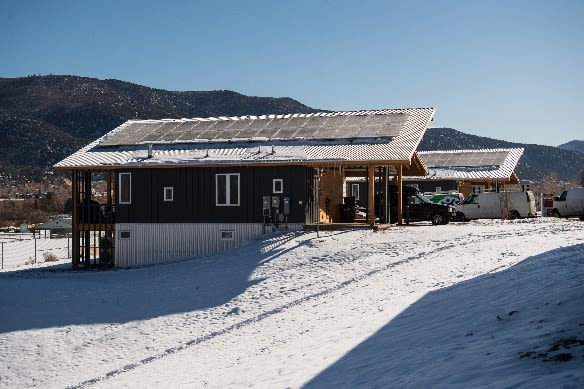HalaD
Civil/Environmental
- Feb 21, 2017
- 13
Hello,
I am trying to simulate a pushover test of a brick wall supported by a metalling plate at the base that will keep in his place without any connection at the edges in order to prevent the generation of traction forces.
I am not able to define the right coupling between the bricks and the steel support, I tried to use a kinematic coupling but I it didn't prevent the parts penetration.
Which connector or constraint should I apply at the interface in order to solve the penetration problem without blocking the X direction?
Thank you in advance,
I am trying to simulate a pushover test of a brick wall supported by a metalling plate at the base that will keep in his place without any connection at the edges in order to prevent the generation of traction forces.
I am not able to define the right coupling between the bricks and the steel support, I tried to use a kinematic coupling but I it didn't prevent the parts penetration.
Which connector or constraint should I apply at the interface in order to solve the penetration problem without blocking the X direction?
Thank you in advance,




